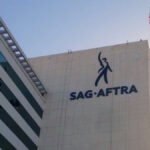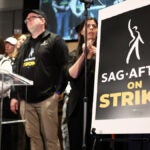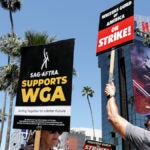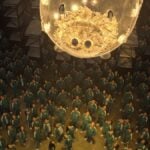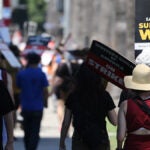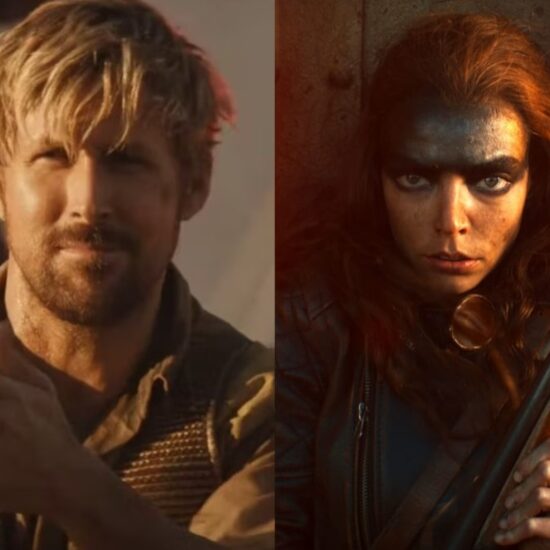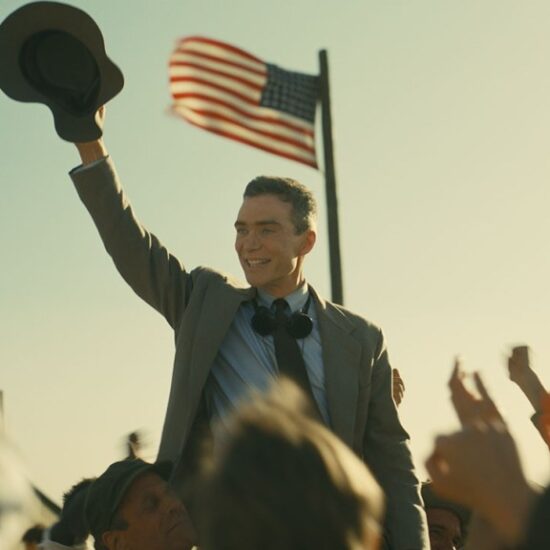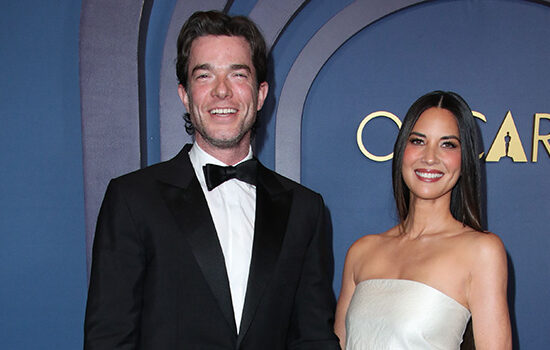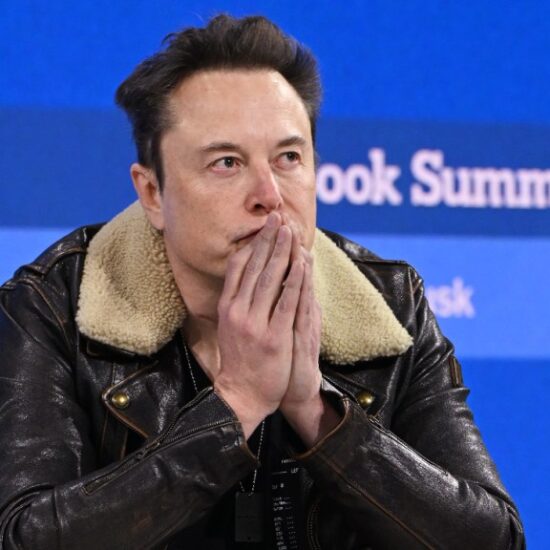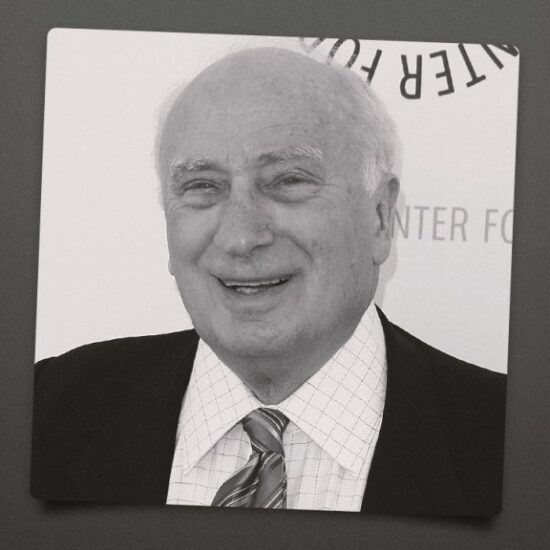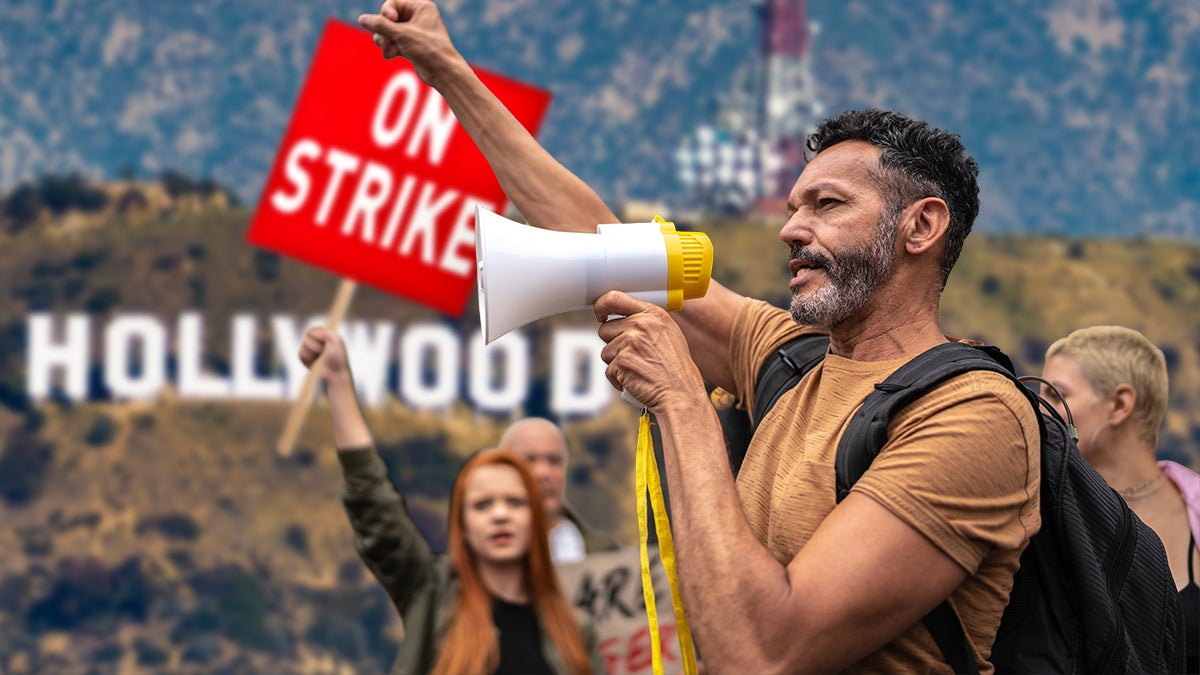
The arrival of SAG-AFTRA alongside the WGA on picket lines Friday means greater numbers, more public recognition and some risks
The reverberations were felt in London, where the cast of “Oppenheimer” walked out of the film’s premiere Thursday, to Sun Valley, where media moguls biking in the Idaho sun as the strike unfolded suddenly took on a new level of impropriety. Wall Street mostly shrugged off the news, despite a warning from Disney CEO Bob Iger that the impact could be serious.
The dual strike is a “once-in-a-generation reckoning of how the Hollywood studios have done business with creatives,” Zack Arnold, associate producer of Netflix’s “Cobra Kai” and CEO of Optimize Yourself, told TheWrap.
The effects were swift. After the SAG-AFTRA board voted to go on strike Thursday, no members could participate in production as of midnight that evening, including filming ongoing movies or TV shows or making personal appearances to promote current or future projects. That immediately threatened a busy summer season that includes high-profile press tours for the likes of Warner Bros.’ “Barbie” and Universal’s “Oppenheimer.” Even plans for the next Primetime Emmy Awards are now in flux.
And the mere threat of the strike had already upended plans for San Diego Comic-Con, the comic book and media frenzy set to open next Thursday that’s normally a key promotional opportunity. Now that event, along with so many others, will unfold without actors as well as writers. They will be on the picket lines instead.
Power in numbers
The sheer number of actors and other members of SAG-AFTRA changes things by itself: The actors’ union is eight times the size of the writers’ union.
But it also helps that actors are the visible face of the entertainment industry to the public.
SAG-AFTRA “is harder to squeeze than writers in some ways,” said Erin Hill, an assistant professor of media and popular culture at U.C. San Diego. Writers are far less well-known, and a script can go through numerous hands before the finished product hits a film or TV screen. Finding the right actor for a role is often an arduous task, and replacing one mid-shoot or mid-series is fraught and expensive.
Having A-list stars join the picket lines can be a blessing and a curse. It can get people across the country interested, Arnold said, but it can also leave them thinking “that Matt Damon and all these other people are striking like they need any more money.”
Rising solidarity
Any differences between writers and actors appeared to fade, though, as the two unions realized they had largely the same interests at stake in negotiations with the Alliance of Motion Picture and Television Producers, the studios’ representative. Streaming residuals, viewership data and the use of AI were important to both guilds.
“I’ve never seen solidarity like this amongst craftspeople in the industry for as long as I’ve been in,” said Arnold.
Members hoped that SAG-AFTRA standing alongside the WGA would give the strike a shot in the arm.
“When the rank and file of multiple unions start mingling on these picket lines, I think it will make both sides much stronger and much more inclined towards solidarity, which is about the only thing we have with a chance of standing up against the kind of ruthless power of capitalism,” said a showrunner and writer who’s been picketing with the WGA since the strike started.
The AMPTP seemed to have been counting on being able to squeeze the WGA on its own, said Howard Suber, professor emeritus for the UCLA School of Film, Theater and Television.
“The guild strategy, the worker strategy, is very much leaning on each other in solidarity to create a broader sense that this is not a fight between writers and studios,” said the writer.
Shutting Hollywood down
With the strike, production on all projects using SAG-AFTRA labor ended midnight Thursday. But things were already drying up in face of looming labor unrest well before the decision to form picket lines.
“It’s been pretty dry since January or February,” said Arnold. “This is going to be as close to a COVID-level shutdown as I’ve seen,” he added.
TheWrap has confirmed that “Deadpool 3,” which just released a first-look image of Ryan Reynolds and Hugh Jackman on-set, was scheduled to shoot until September but will now stop production. “Beetlejuice 2,” Tim Burton’s long-awaited sequel to his 1988 feature, still has U.S. filming to do that won’t be done in time. “Gladiator 2” will also stop production before concluding filming, an industry insider told TheWrap. (The studios are keeping mum on production shutdowns.)
Press tours for big summer movies have already come to a screeching halt. Universal had moved up the premiere of budget Christopher Nolan feature “Oppenheimer,” but the stars ended up leaving the red carpet in solidarity with SAG-AFTRA. Disney is turning a premiere for the new feature “Haunted Mansion” into a fan event that won’t use the film’s cast.
If the strike continues into the fall, festivals like Venice, Telluride and the Toronto International Film Festival will be severely impacted. TIFF tends to pull double duty as a junket for various awards contenders, usually with talent sitting for interviews with outlets that kick off the awards race. Studios could decide to hold off on premiering their films without their stars and wait for later in the season.
Smaller festivals, like Outfest and AFI Fest, often work as launchpads for independent talent and thus aren’t as beholden to stars. Festivals that have branched out to music and art can weather the storm a bit better, said Damien Novarro, executive director of Outfest.
Shows like HBO’s “House of the Dragon” are continuing to shoot, since the actors there are represented by Equity UK, a separate union. The SAG-AFTRA strike “is not lawful under United Kingdom law,” the British union said, and so members who join the strike or refuse to cross a picket line risk firing.
The national boundaries of most unions poses a challenge. A Canadian actors’ union recently negotiated a new agreement with studios.
One fear is that studios could draw on what they learned during the 2007-2008 strike and rely on unscripted fare and international productions. As studios build their streaming businesses, too, they could look overseas for both audiences and content.
“India, South Korea, China, all these different markets, that’s where the new subscribers are,” said the WGA-represented showrunner, who predicted “domestic contraction within the industry.”
Standing together in the face of AI
“If we don’t stand tall right now, we are all going to be in trouble. We are all going to be in jeopardy of being replaced by machines and big business,” said SAG-AFTRA president Fran Drescher in an impassioned speech Thursday announcing the strike.
The threat of AI looms large, said Hill, the U.C. San Diego professor. As with the rise of DVDs and other new means of distribution or production, if the guilds don’t get concessions set now, they won’t be able to negotiate down the line when the effects of a new technology become more pronounced.
“History will tell us that, especially for something like AI, the sooner the better,” she said. “The longer that becomes developed and becomes a way to work around labor, the more people accept it, the more difficult it’s going to be to go in and make real change.”
The economic pressures on both sides are only going to escalate, with striking actors and writers contemplating months without income and the studios and networks envisioning an uncertain fall. The workers now face “a war of attrition and a battle of wills,” said Arnold. “This is going to be a game of chicken to see who’s willing to wait the longest before they swerve. So this is going to get much uglier than it is now.”
- timewarnerent.comhttps://timewarnerent.com/author/gleberman1236/
- timewarnerent.comhttps://timewarnerent.com/author/gleberman1236/
- timewarnerent.comhttps://timewarnerent.com/author/gleberman1236/
- timewarnerent.comhttps://timewarnerent.com/author/gleberman1236/







